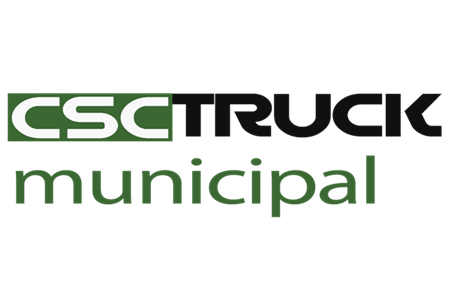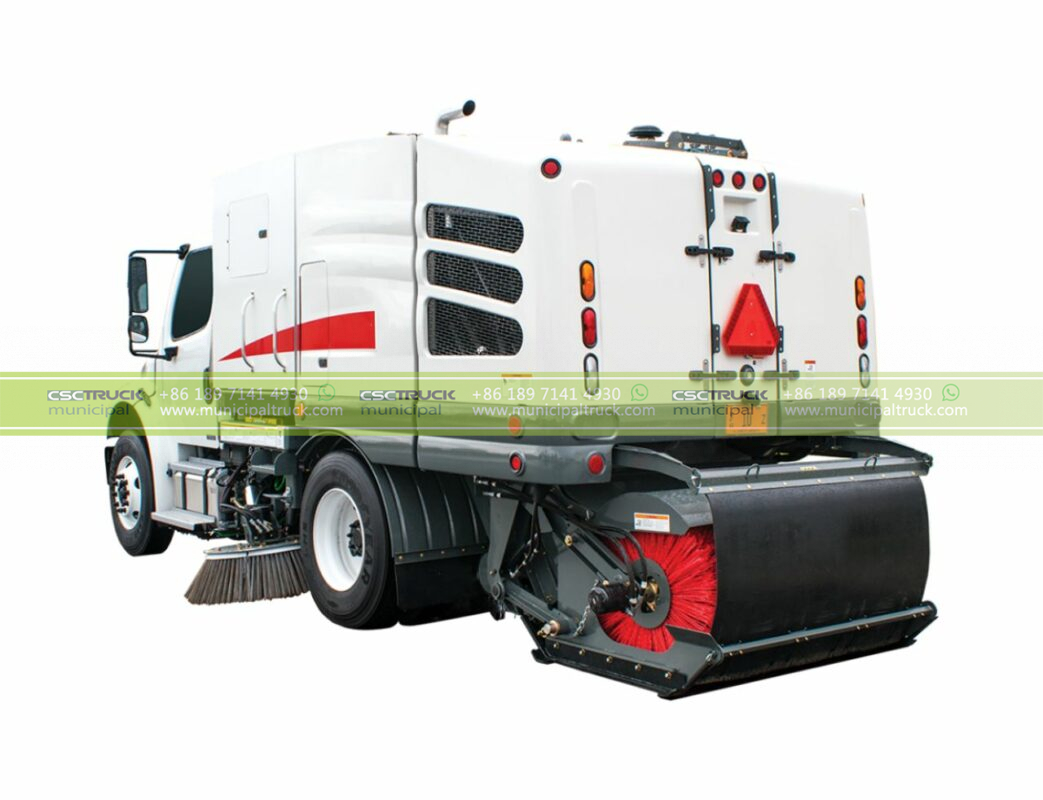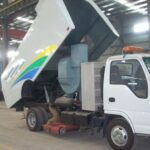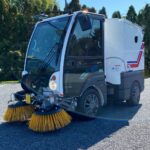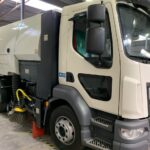Maintaining a fleet of sweeper trucks is no small feat, especially when considering their crucial role in keeping our urban environments clean and presentable. However, the traditional approach to sweeper truck maintenance, which often involves copious amounts of water, is not only resource-intensive but also ecologically unsustainable. In recent years, the shift towards more environmentally friendly practices has led to the emergence of waterless sweeper truck maintenance techniques. These sustainable approaches not only reduce water consumption but also contribute to prolonging the lifespan of the equipment and lowering operational costs. In this article, we delve into the world of waterless sweeper truck maintenance and provide valuable tips for its sustainable operation.
The Water Conundrum
Water has long been the primary medium for cleaning and maintaining sweeper trucks. While it effectively suppresses dust and debris, its excessive use poses several challenges. Water consumption, for instance, places a strain on local water resources, especially in regions grappling with water scarcity. Additionally, the run-off water contaminated with pollutants from sweeping activities can lead to environmental degradation.
Enter Waterless Maintenance
Waterless sweeper truck maintenance presents a viable alternative that addresses these challenges while still ensuring effective cleaning. This approach employs innovative techniques and eco-friendly products to achieve thorough maintenance without the need for excessive water usage. Here are some valuable tips for ensuring the sustainable operation of waterless sweeper trucks:
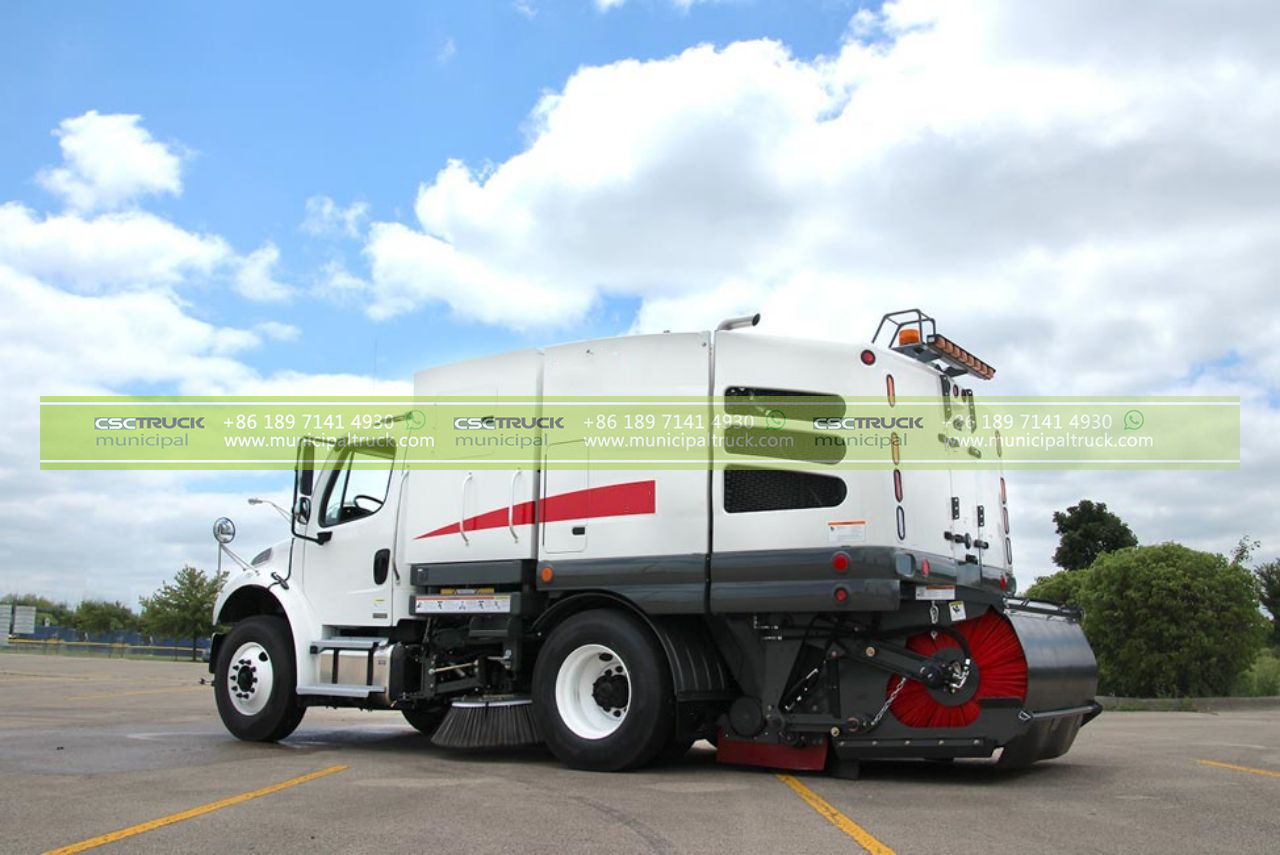
1. Dry Debris Removal Techniques
Incorporate dry debris removal techniques into your maintenance routine. Use specialized brushes and vacuum systems to efficiently remove dirt, leaves, and litter from the truck’s surfaces. This initial step reduces the need for water to dislodge these materials and prepares the vehicle for more targeted cleaning.
2. Eco-Friendly Cleaning Products
Choose eco-friendly cleaning products that are specifically designed for waterless maintenance. These products are biodegradable and free from harsh chemicals that could harm the environment. They are formulated to break down grime and grease effectively, making them suitable for cleaning various parts of the sweeper truck.
3. Microfiber Cleaning Cloths
Microfiber cleaning cloths are incredibly effective in capturing dust and dirt particles without scratching the truck’s surfaces. They require minimal water or can even be used dry, making them an excellent tool for waterless maintenance. Regularly wash and reuse these cloths to reduce waste.
4. High-Pressure Air Systems
Invest in high-pressure air systems to dislodge stubborn debris from hard-to-reach areas. These systems use compressed air to blow away dirt, eliminating the need for water-based pressure washing. They are especially useful for cleaning intricate parts of the sweeper truck’s mechanics.
5. Routine Inspections
Implement a strict schedule for routine inspections. Regularly check the condition of brushes, filters, belts, and other crucial components. Timely maintenance prevents excessive wear and tear, ensuring the truck operates efficiently and minimizing the need for water-intensive cleaning methods.
6. Proper Waste Disposal
Dispose of waste materials, such as filters and debris collected during maintenance, in an environmentally responsible manner. Follow local regulations and guidelines for waste disposal to prevent contamination of soil and water sources.
7. Operator Training
Thoroughly train sweeper truck operators in waterless maintenance techniques. Empower them with the knowledge and skills to effectively use eco-friendly products and equipment. Operators who understand the importance of sustainable practices are more likely to adhere to waterless maintenance methods.
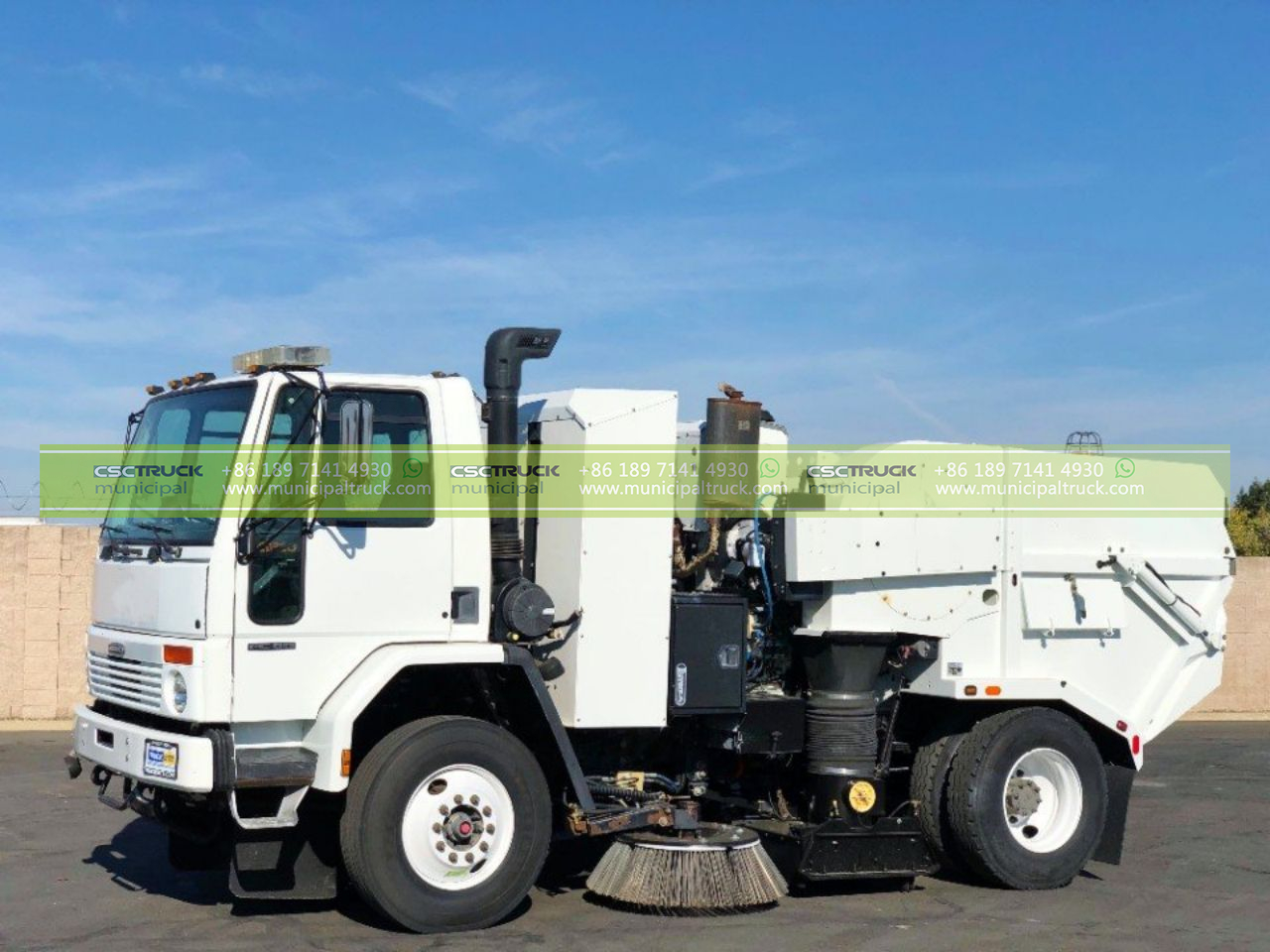
Benefits of Waterless Maintenance
Embracing waterless sweeper truck maintenance brings forth a host of benefits that go beyond environmental considerations:
1. Reduced Water Consumption: By eliminating or minimizing the use of water, you contribute to water conservation efforts and reduce strain on local water supplies.
2. Cost Savings: Waterless maintenance techniques often lead to lower operational costs. You’ll save on water expenses, and the longevity of your sweeper trucks will increase due to reduced exposure to water-related wear and tear.
3. Enhanced Equipment Performance: Waterless maintenance prevents the corrosion and damage that excessive water exposure can cause. This leads to improved overall performance and fewer breakdowns.
4. Positive Public Image: Adopting sustainable practices enhances your organization’s reputation as an environmentally conscious entity. This can resonate positively with both customers and the community.
5. Regulatory Compliance: As environmental regulations become more stringent, waterless maintenance positions your operation to meet compliance requirements without hassle.
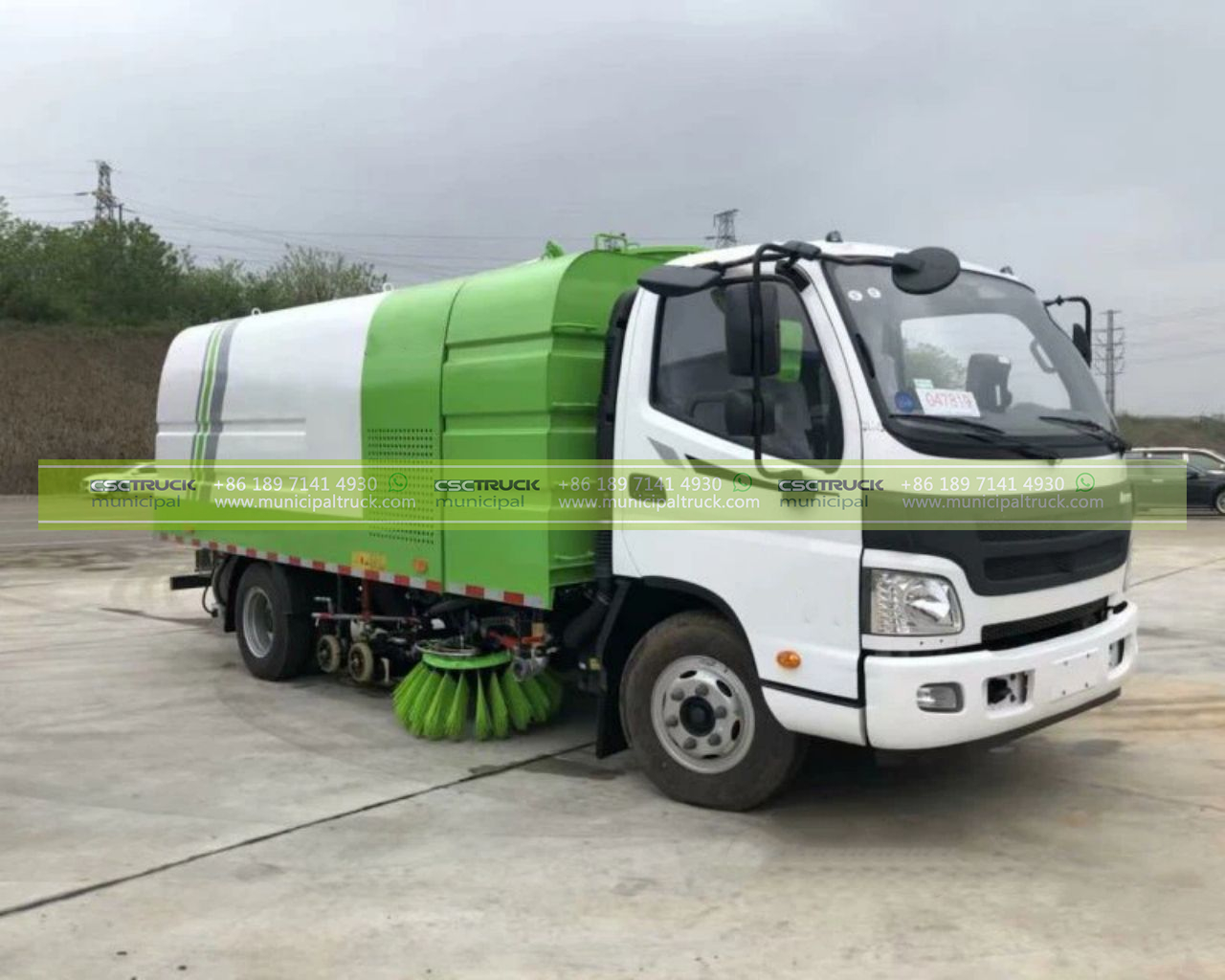
Challenges and Future Innovations
While waterless sweeper truck maintenance holds immense promise, it’s important to acknowledge the challenges that might arise during its implementation. These challenges can be overcome with continuous innovation and a commitment to improving sustainable practices.
1. Adaptation Period: Transitioning from traditional water-based methods to waterless maintenance requires a period of adjustment. Operators and maintenance teams need proper training to become proficient in the new techniques.
2. Cleaning Effectiveness: Skepticism about the effectiveness of waterless methods can be a hurdle. Demonstrating the efficiency and long-term benefits of these techniques through pilot projects and case studies can alleviate these concerns.
3. Product Availability: Availability of eco-friendly cleaning products might be limited in certain regions. Collaborating with suppliers and manufacturers to expand the availability of such products is essential.
4. Technological Advancements: The industry should continue investing in research and development to create more advanced waterless maintenance technologies. This could include improved vacuum systems, better microfiber materials, and more efficient high-pressure air systems.
5. Behavior Change: Shifting mindsets and habits is often a challenge. Encouraging behavior change among operators, maintenance staff, and decision-makers requires consistent communication about the benefits of waterless maintenance and the environmental impact of traditional methods.
6. Regulatory Support: Governments and regulatory bodies can play a crucial role in supporting the adoption of waterless maintenance practices. Offering incentives or rewards for environmentally conscious practices can further encourage their adoption.
7. Public Education: Educating the public about the significance of waterless maintenance and its positive impact on the environment can generate support and demand for these practices.

Future Innovations in Waterless Sweeper Truck Maintenance:
The ongoing development of sustainable technologies and practices is essential for the long-term success of waterless sweeper truck maintenance. Here are some potential innovations to watch for:
1. Sensor Technology: Advanced sensors that can detect and analyze dirt and debris buildup could help optimize cleaning routes and techniques, reducing the need for excessive cleaning efforts.
2. Nanotechnology: Nanomaterials could be employed to create superhydrophobic coatings that repel dirt and moisture, keeping sweeper truck surfaces cleaner for longer periods.
3. Smart Maintenance Systems: Integrated software solutions could offer real-time monitoring of sweeper truck performance, enabling proactive maintenance and reducing the risk of breakdowns.
4. Sustainable Power Sources: The adoption of renewable energy sources for sweeper truck operation, such as electric or hydrogen-powered vehicles, would align with the sustainability goals of waterless maintenance.
5. Bio-Based Cleaning Agents: Further research into bio-based cleaning agents could lead to even more environmentally friendly products that effectively break down grime and debris.
6. Collaborative Partnerships: Collaboration between industry players, municipalities, and environmental organizations could drive the development and adoption of waterless maintenance practices on a larger scale.
7. Data-Driven Insights: Gathering and analyzing data on waterless maintenance‘s long-term impact could provide valuable insights into its effectiveness, helping refine and improve these practices over time.
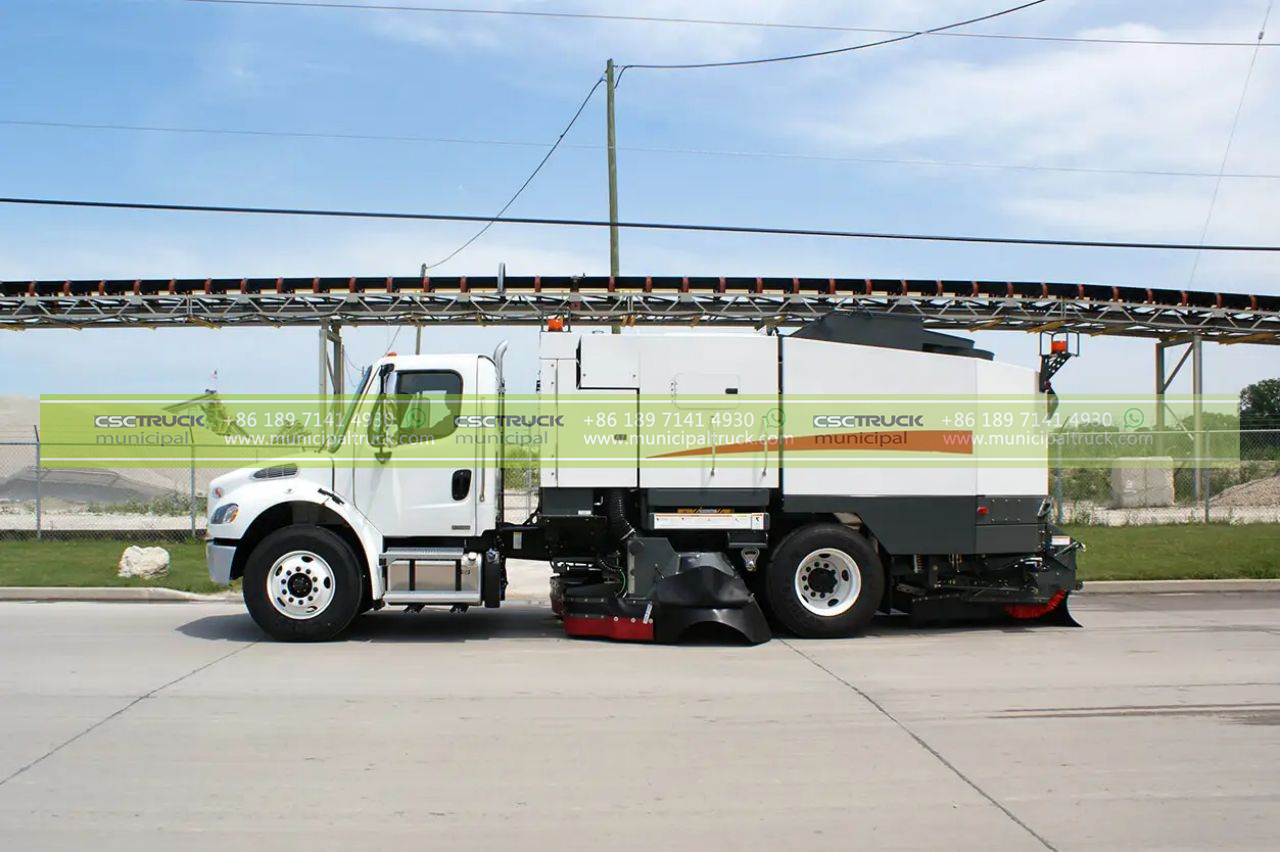
Embracing a Sustainable Future
Waterless sweeper truck maintenance represents a significant stride towards a more sustainable and eco-friendly future for urban cleaning operations. As industries across the globe continue to recognize the importance of reducing their environmental footprint, innovative approaches like waterless maintenance are gaining traction.
By adhering to waterless methods, we not only conserve water resources but also reduce pollution, operational costs, and equipment wear. The benefits extend beyond the immediate present, contributing to cleaner cities, improved public health, and enhanced brand reputation.
As technology continues to evolve and our understanding of sustainability deepens, the waterless sweeper truck maintenance landscape will continue to transform. Embracing these changes and actively participating in the development of new, greener practices will not only benefit individual organizations but will also contribute to the global effort to preserve our planet for generations to come. By adopting and advocating for waterless maintenance, we are actively contributing to a more sustainable future for all.
Contact us for this municipal truck or similar trucks: [email protected] Call us or What's APP us: +86 189 4292 3930
